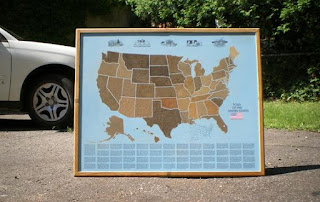Black Soldier Flies are Hermetia illucens

Black Soldier Flies are popular with home-composters and organic gardeners in USDA zones 6 and above. If you don't have the larvae in your compost yet, it might be worth finding out about them, how to attract them and how to feed them so they stay around. The Black Soldier Fly blog at http://blacksoldierflyblog.com provides plenty of information that is easy to read. It's the larvae that eat compost and any harmful insects in your bin. If you aren't squeamish, check out this YouTube video of the larvae mowing through cucumbers. They seem to prefer coffee grounds and those are readily available from your local coffee house. They are tan and ridged as in the photo below. Sustainablog.com The site called Black Soldier Fly Farming : The Next Generation of Composting calls them nature's own ultimate food recyclers. The larvae is also called phoenix worm, a high protein(40%) food used to feed pets, chickens and livestock. More photos at BugGuide.net http:/
















.jpg)